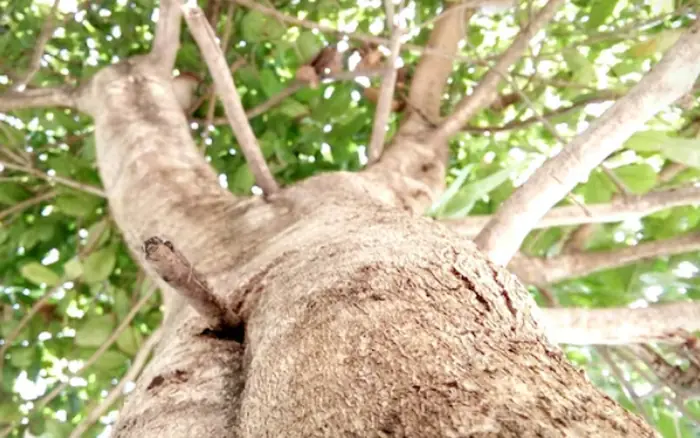
Bury these two "trash" in a flower pot: Flowers bloom like a stream, and the fruit is sweet and plentiful.
You don’t need expensive fertilizer to grow healthy, vibrant plants.
Right at your local market or vegetable stall, there are many items often discarded that can become extremely effective “natural fertilizers.”
A great example is fish guts and leftover vegetable leaves—things that no one sells but can be collected for free. With proper handling and burial in plant pots, they can help plants grow quickly, stay healthy, bloom beautifully, and bear bigger, sweeter fruits. This is an eco-friendly, budget-saving gardening tip that many people are adopting.
1. Fish Guts – A Natural Protein Source for Stronger Plants and Vibrant Flowers
In many neighborhoods, it’s common to see people collecting discarded fish guts from seafood markets to use as plant fertilizer. Don’t be put off by the fishy smell—when processed properly, the fish guts break down into dark, rich compost that’s high in natural protein, greatly benefiting plant growth.
How to do it:
Bury the fish guts about 30–40cm (12–16 inches) deep in the soil, and cover them well to prevent odors and insects. In hot weather, decomposition takes about one month; in cold seasons, it may take a bit longer. Once fully decomposed, the soil becomes soft, nutrient-rich, and excellent for growing large, colorful blooms and sweet fruits.
Tip:
To speed up the process or reduce smell, you can sprinkle a bit of brown sugar on the fish guts before burying, or ferment them with probiotics to create a liquid fertilizer. Avoid burying fish too close to the plant base to prevent root burn—keep a distance of at least 20–30cm (8–12 inches) from the stem.
2. Leftover Vegetable Leaves – A Source of Organic Humus That Loosens Soil
Kitchen vegetable scraps may seem like waste, but they are actually valuable materials for making compost at home. Leaves from vegetables like mustard greens, cabbage, and celery can be chopped up and layered with soil in a plastic bin or foam box with a lid.
Each vegetable layer should be slightly moistened before adding the next. You may add probiotics to reduce odor and speed up decomposition. In hot weather, after about 3–4 weeks, the vegetables break down completely, forming dark, fibrous, microbe-rich humus.
Composting Both Together
Mixing this humus with soil improves moisture retention, increases aeration, and boosts plant immunity—especially helpful for home-grown flowers, fruit trees, and vegetables.
If you also have wood ash from burning leaves or dry branches, sprinkle it into the compost mixture. Ash adds natural potassium and has antibacterial properties, helping prevent pests and diseases in the soil.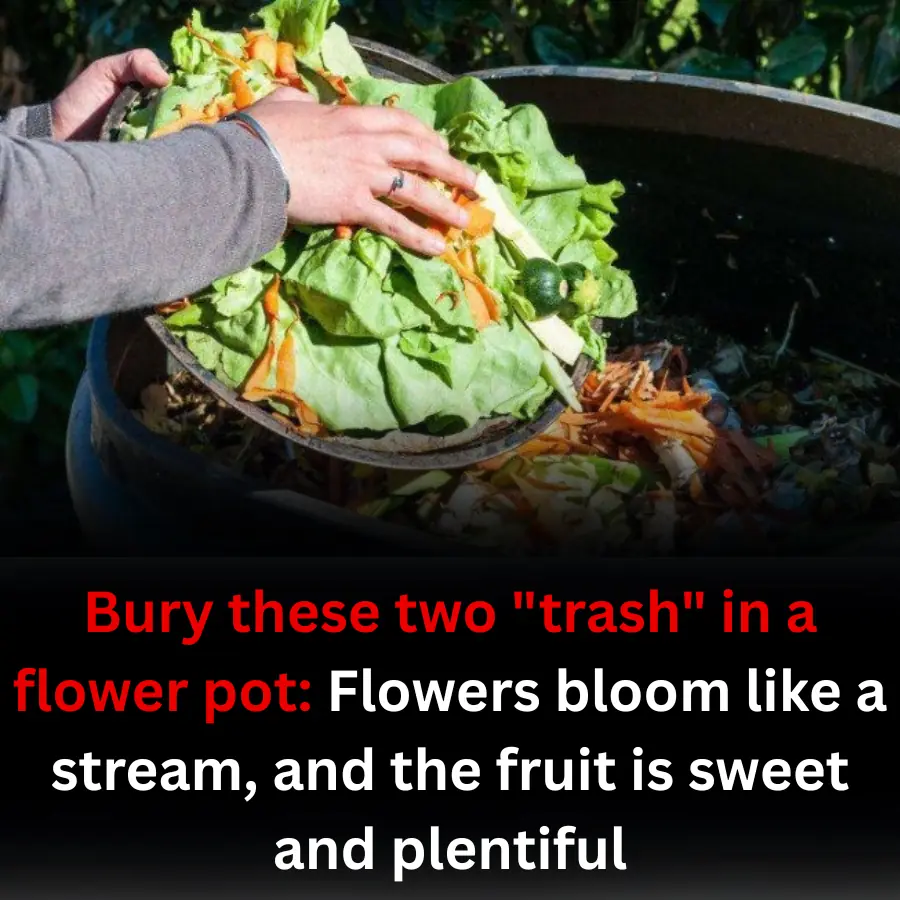
News in the same category

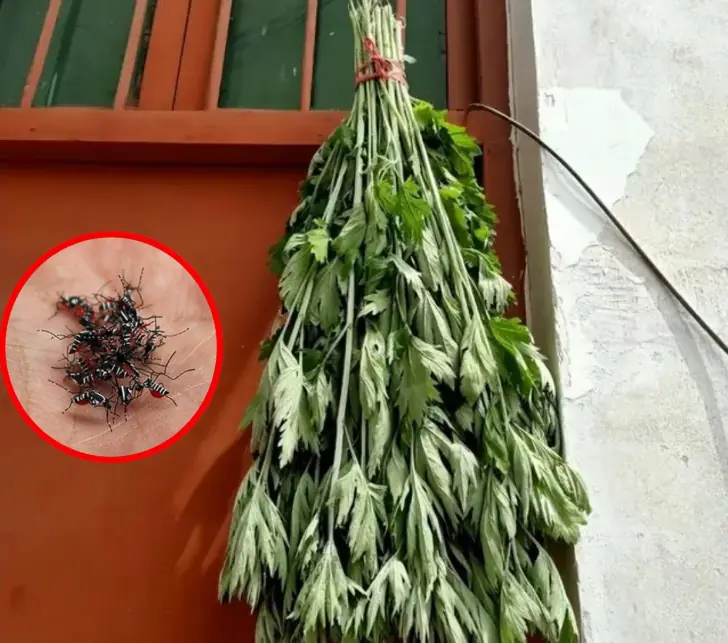
Just hang a handful of these leaves in front of your door - flies and mosquitoes will disappear
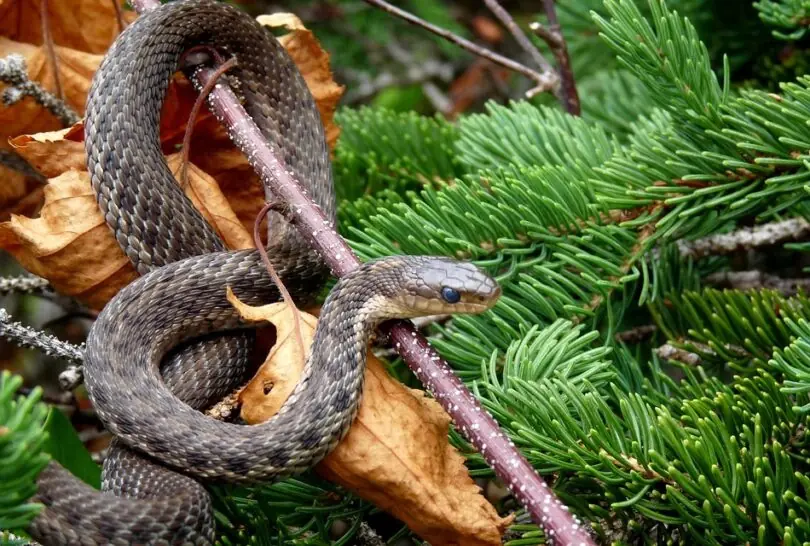
8 types of plants that attract snakes into the house
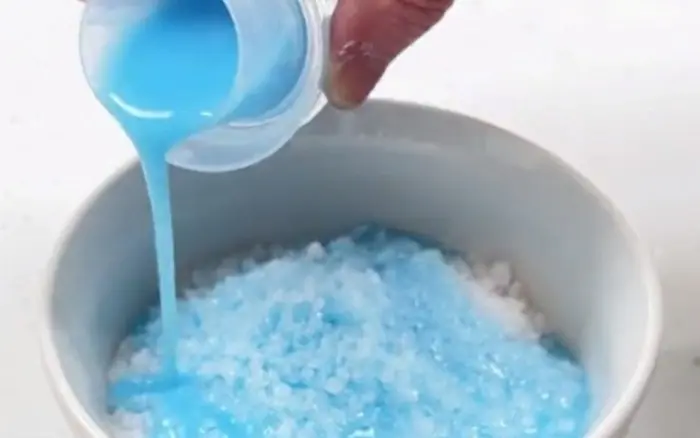
Mixing fabric softener with salt: Great use to solve household problems
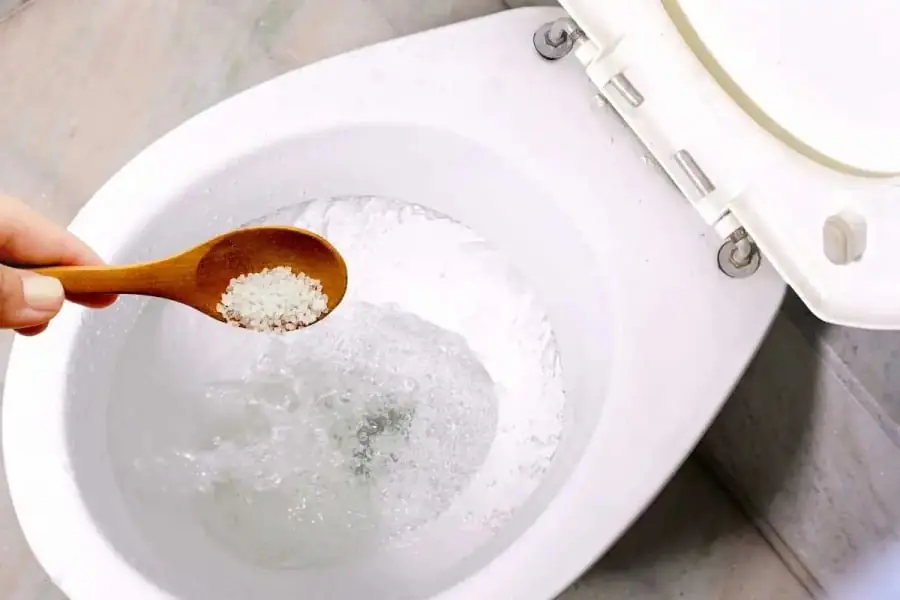
Pour Salt into the Toilet: The Surprising Benefits Every Home Needs
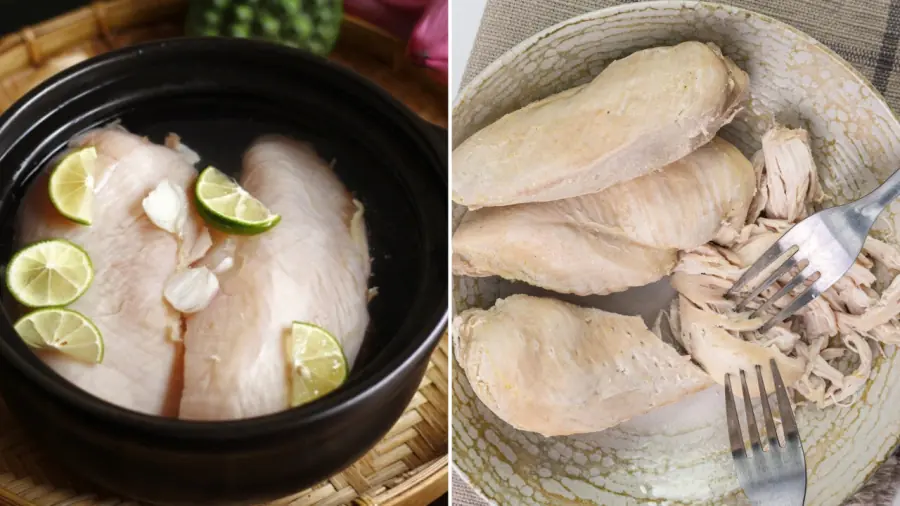
Do This Extra Step Before Boiling Chicken Breast for Juicy, Tender, and Not-Dry Results
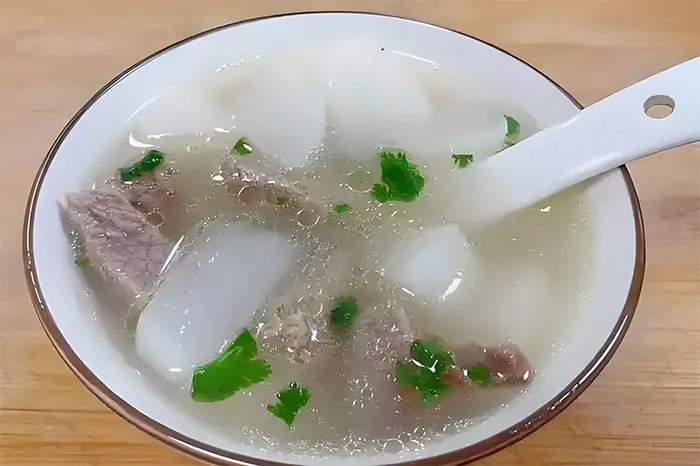
In Autumn, Eat These 3 Lu.ng-Nourishing Dishes Regularly to Prevent Cough and Thr.oat Irritation
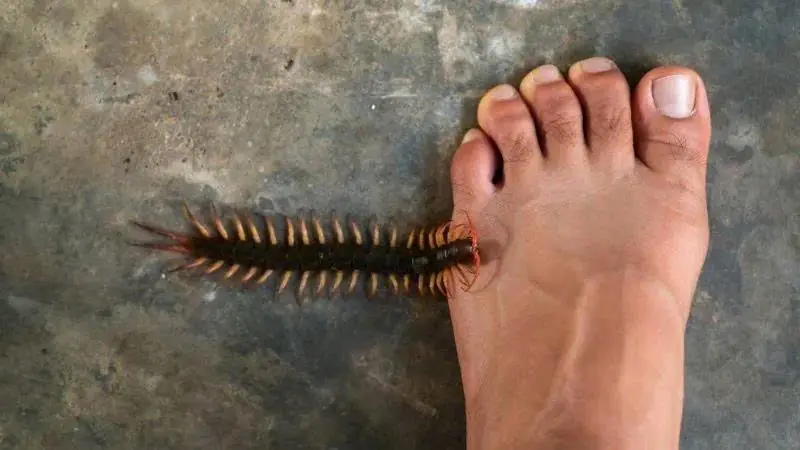
Reasons you should not ki.ll millipedes
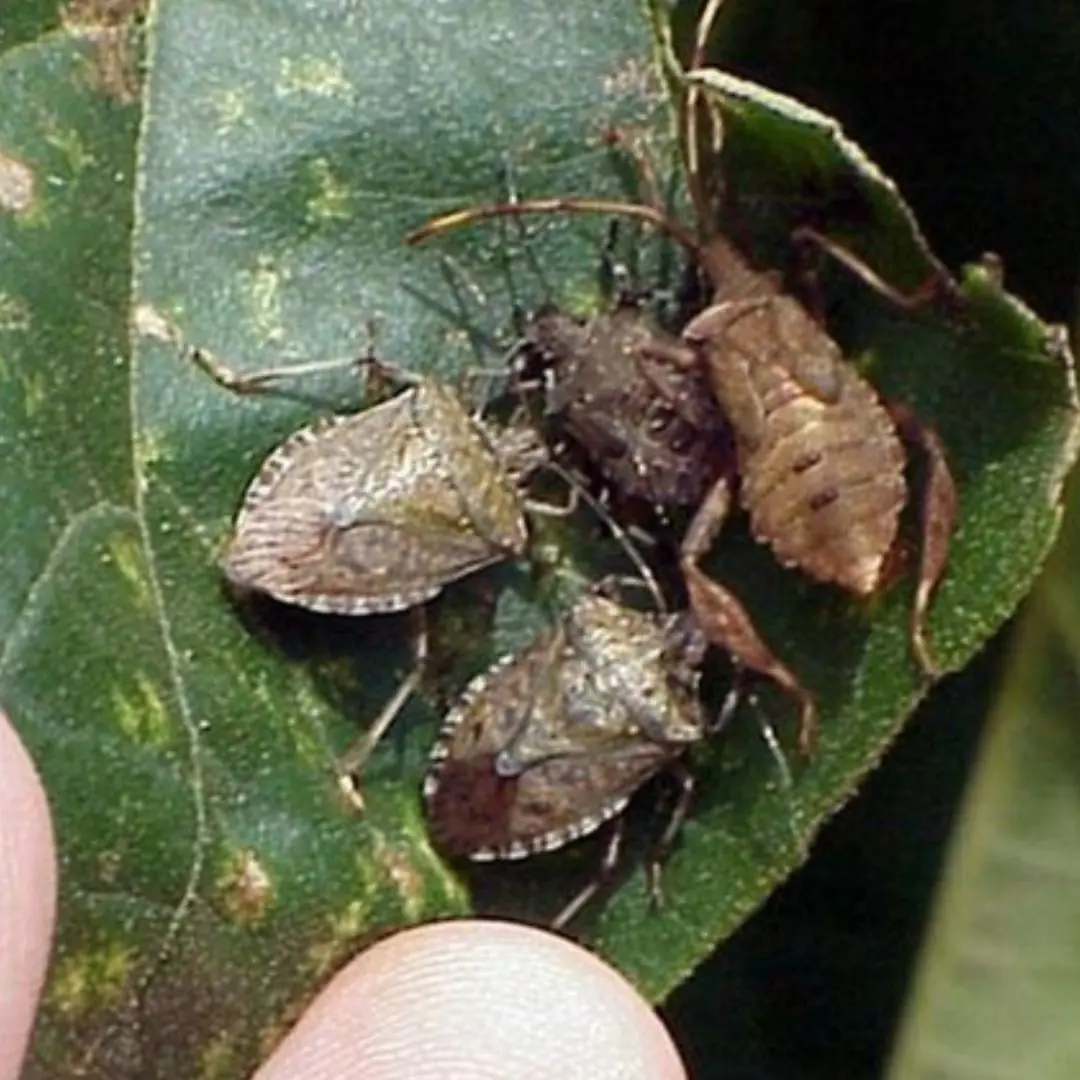
When A Brown Bug Like This Appears In Your Yard, Immediate Action Is Required
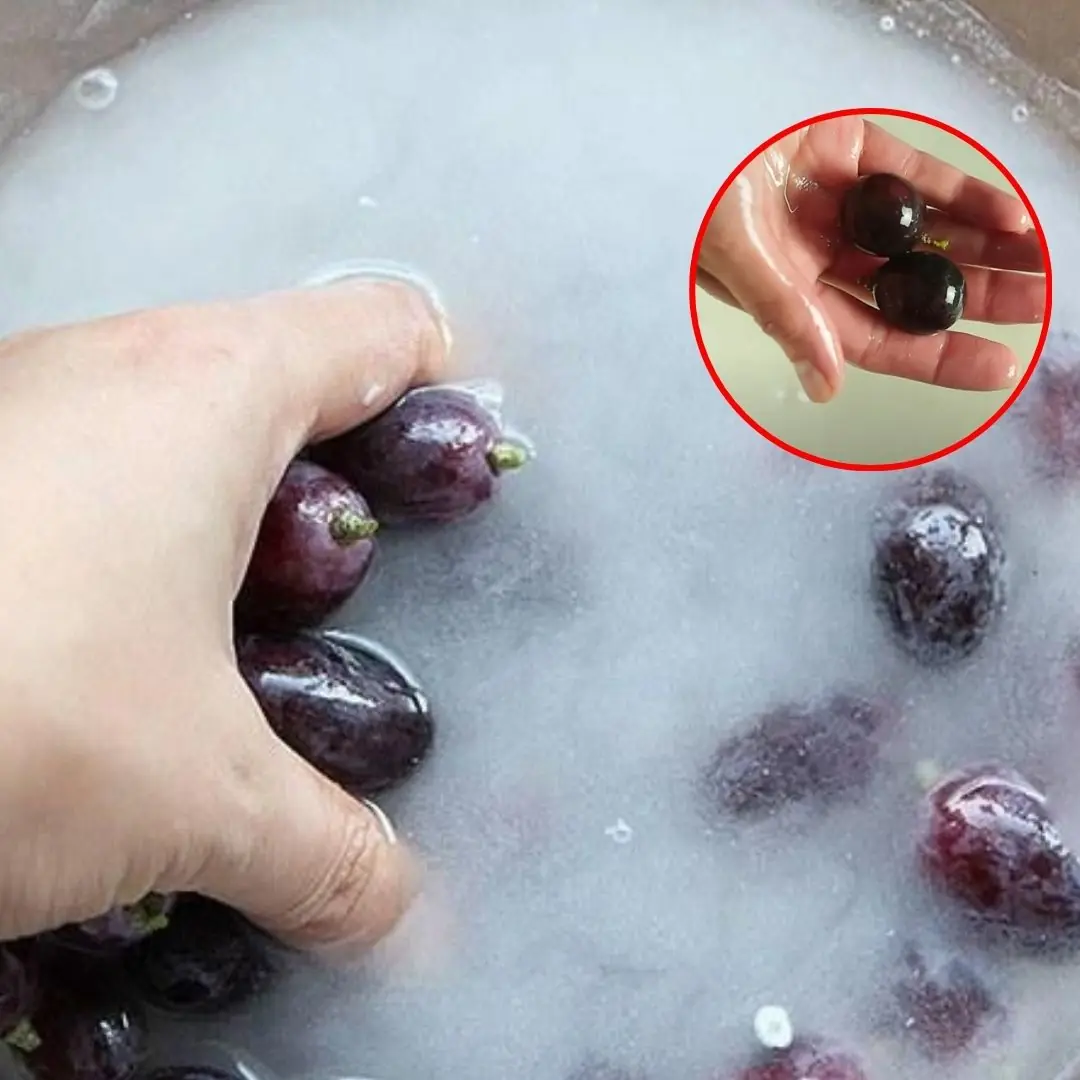
Tips for washing grapes to remove dirt and worm eggs, and to safely eat the skin
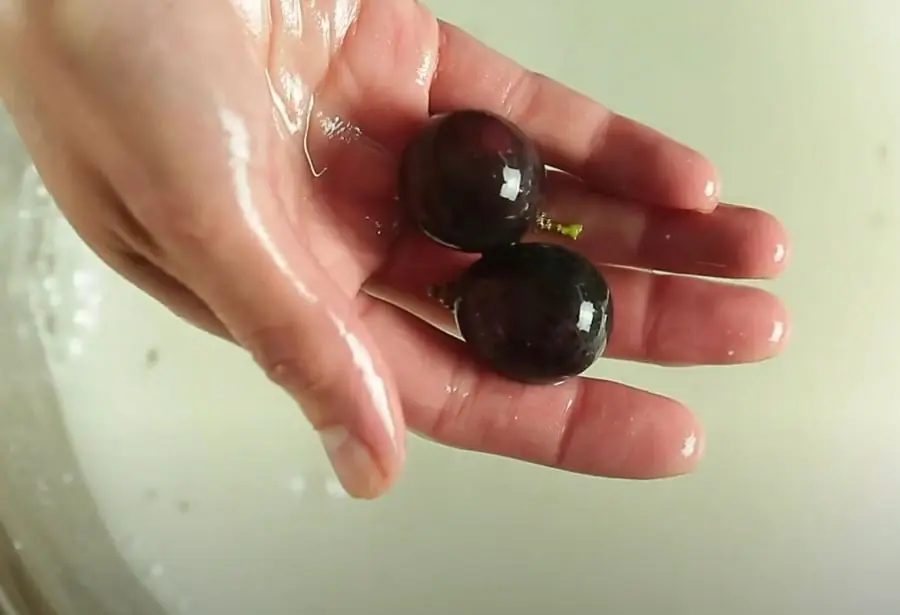
Don’t Eat Grapes Before You Know This Trick
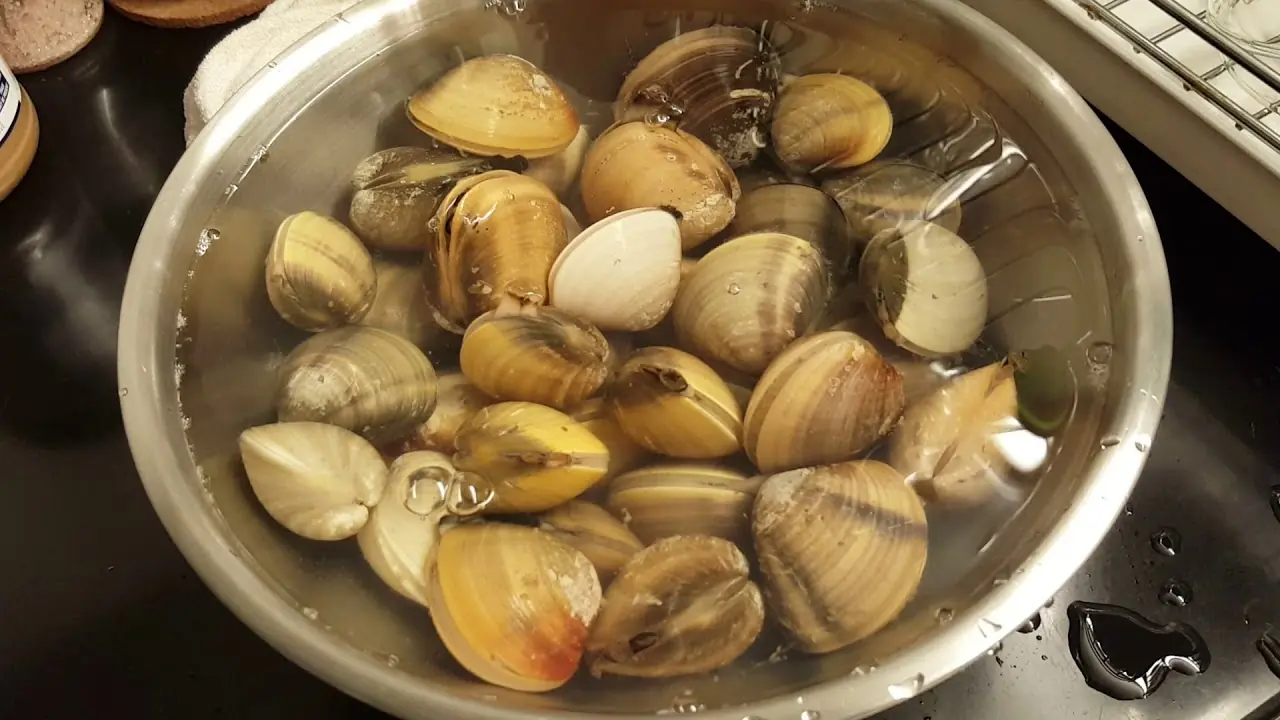
No Matter How You Wash Clams, There’s Still Grit Inside?
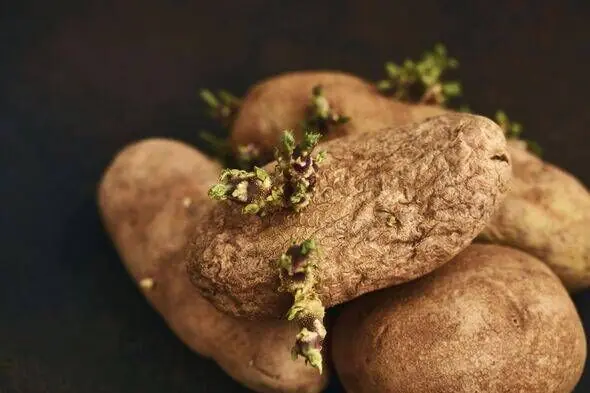
The Secret to Keeping Potatoes Fresh for 6 Months Thanks to a Surprising “Friend” in the Kitchen

Unusual moles might be more than just a skin quirk — they could be warning signs of cancer

Using the Air Conditioner and Fan at the Same Time? I Expected Higher Costs, but the Truth Surprised Me
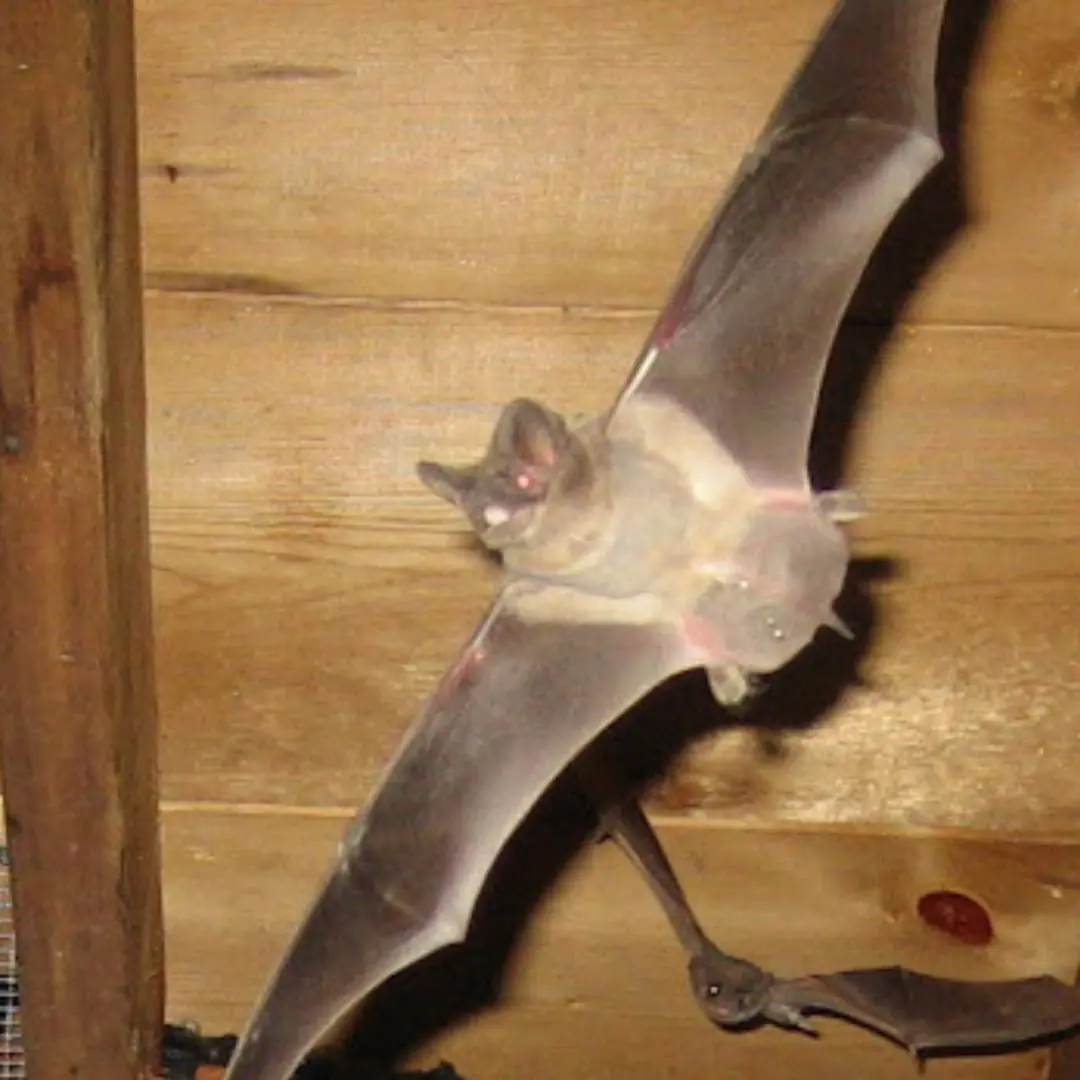
Don’t Panic! Follow These Steps If a Bat Gets Into Your House
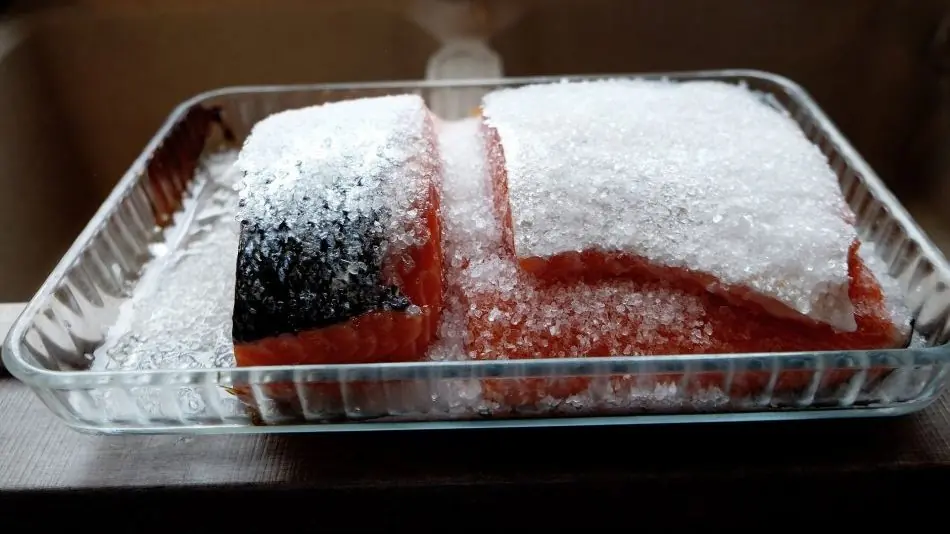
4 Dangerous Mistakes When Thawing Fish

10 tips to keep thieves away from your home
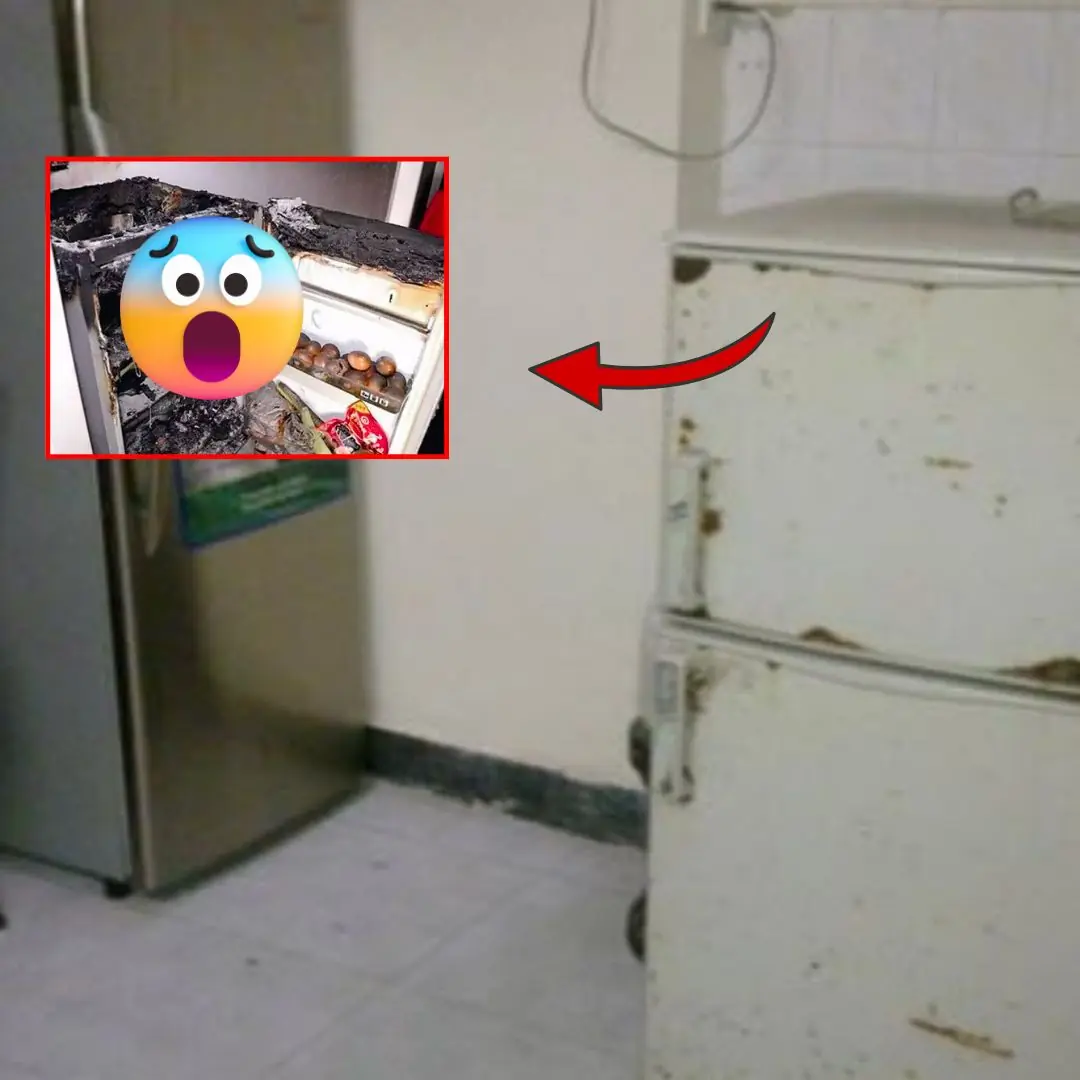
Mistake #5: Almost everyone makes it—but few actually notice
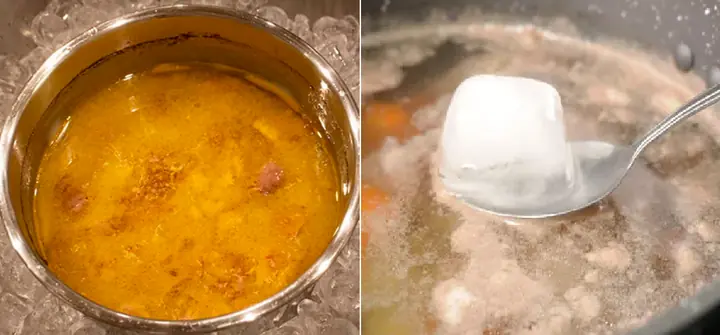
Tips to Skim Excess Fat from Greasy Soup
News Post

Just After Changing into My Wedding Dress, My Mother-in-Law Slipped Me a Bankbook and a Haunting Message
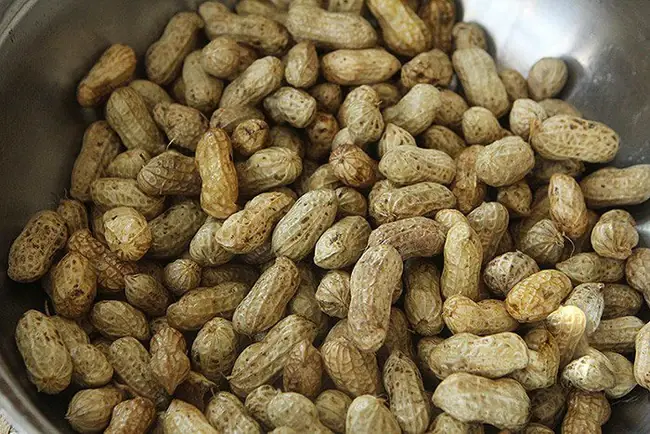
4 Surprising Changes Your Body Will Experience in Just Half a Year
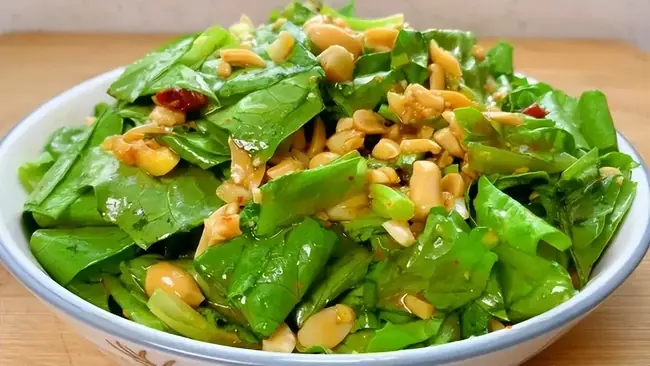
Not milk or dried shrimp – this is the real “Calcium King” that many people overlook
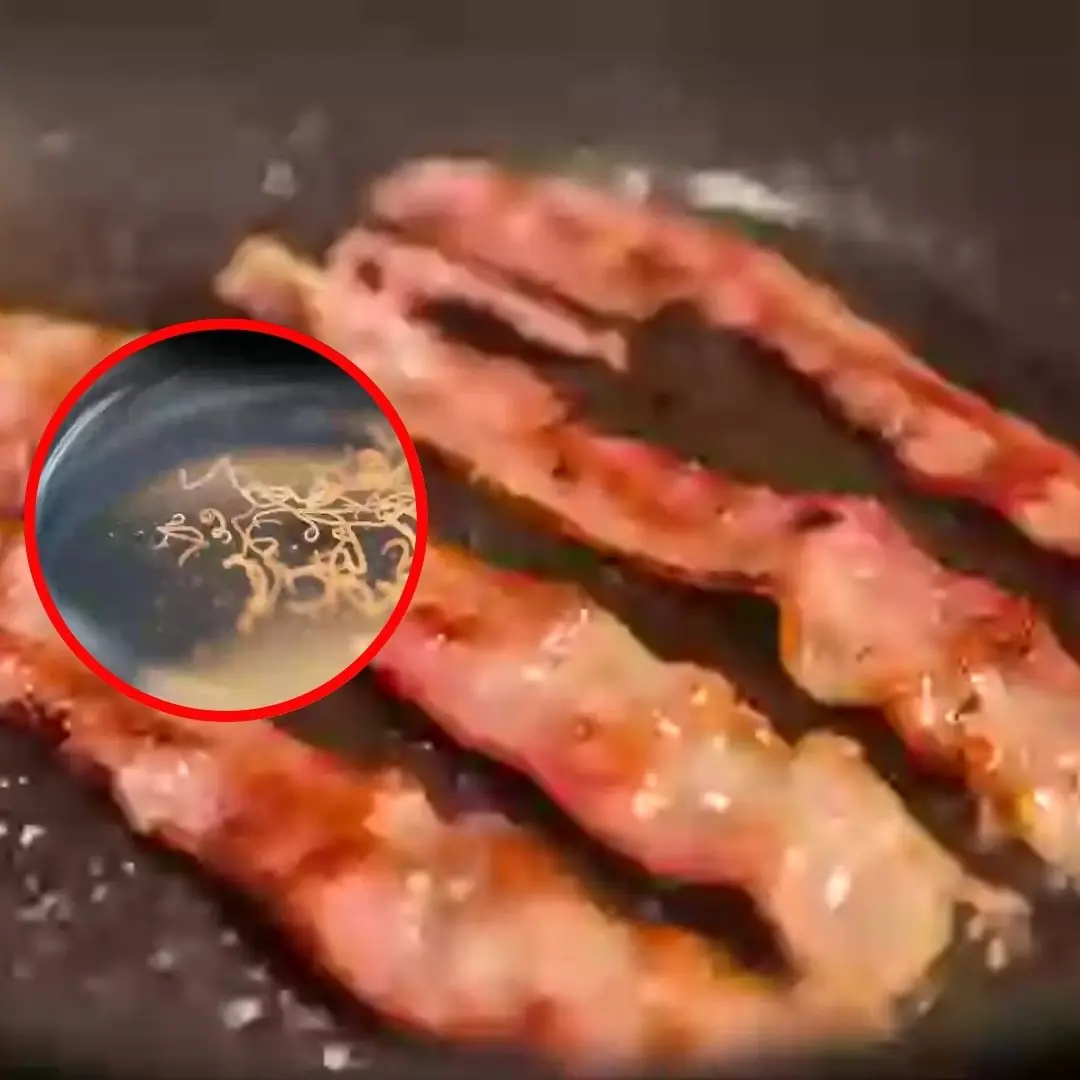
Man develops 'pork worms' in his br.ai.n after years doing this specific cooking habit
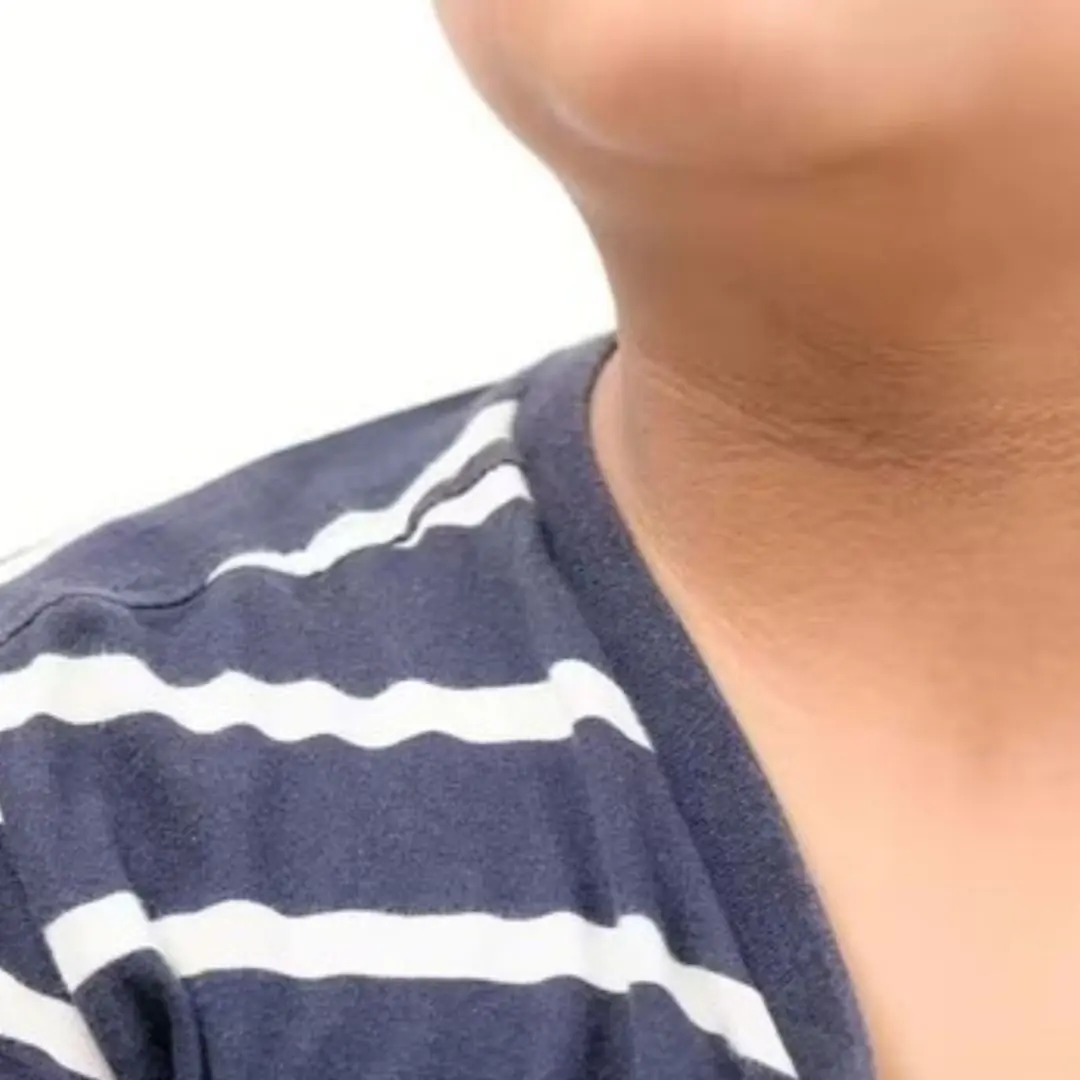
Diabetes can 'show' strange signs in the neck: If you see them, don't ignore them
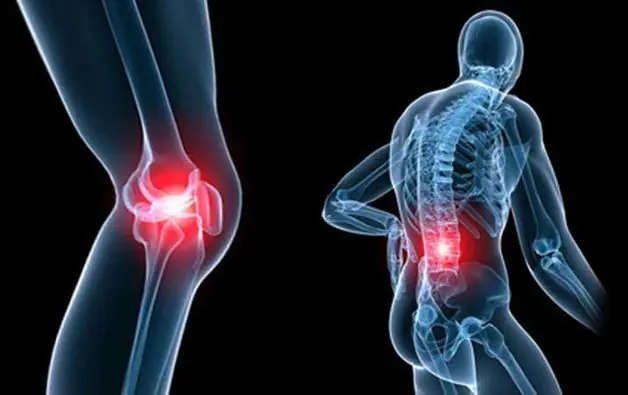
3 Drinks Called the “Calcium Drainers” But Many People Still Love
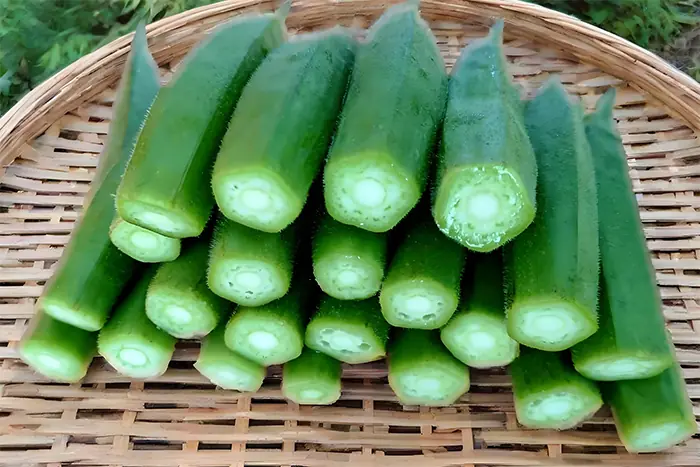
4 Surprisingly “Clean” Vegetables with Minimal Pesticides

3 Lucky Plants That Bring Prosperity and Wealth

6 Golden Habits to Help Seniors Reduce the Risk of Cerebral Infarction
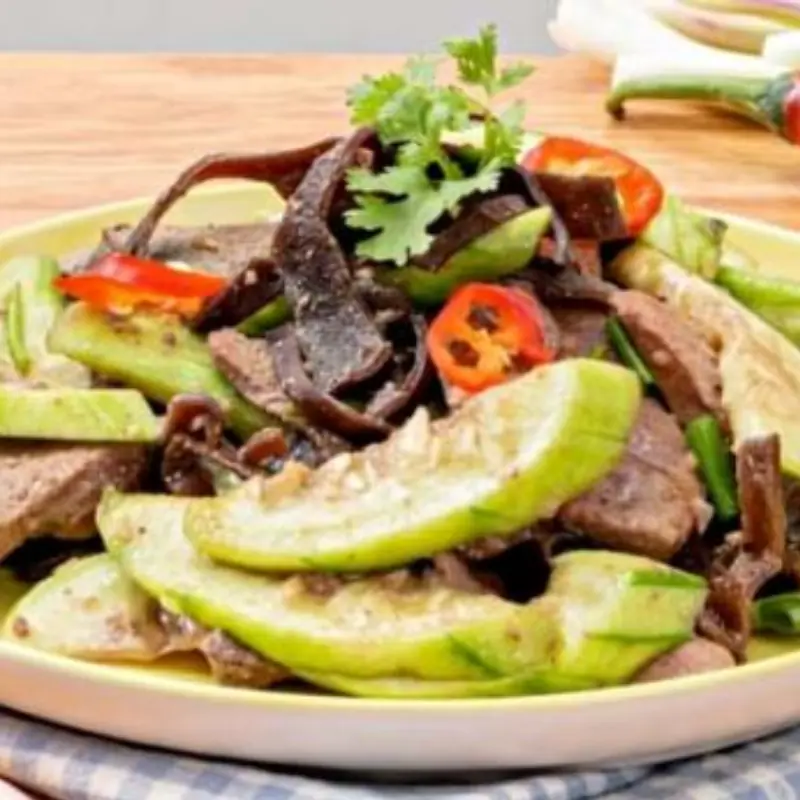
One Part of Chicken Contains Four Times More Cholesterol Than Pork Fat
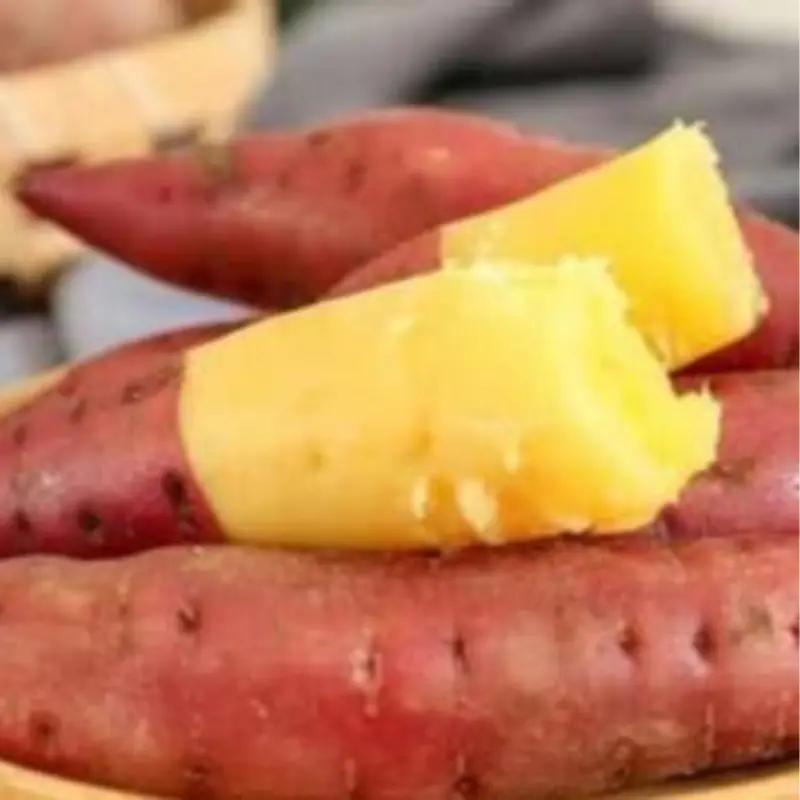
Sweet Potatoes Are Not Good for These 3 Groups of People

Just hang a handful of these leaves in front of your door - flies and mosquitoes will disappear

Want the Health Perks of Coffee? Here’s the Best Time to Drink It

Taylor Swift and Travis Kelce announce engagemen
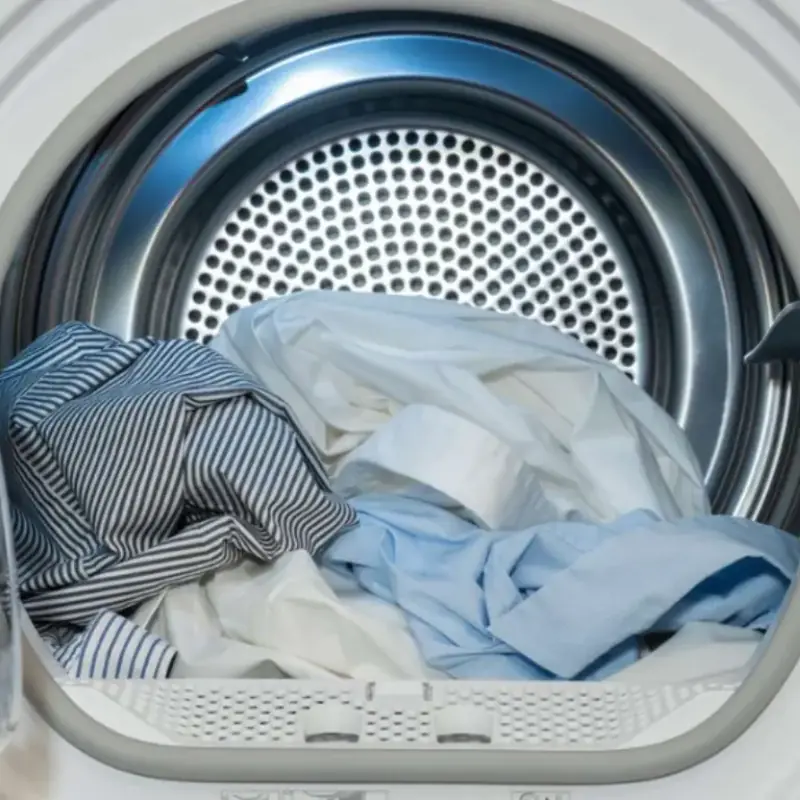
Washing Machines Have a Special Mode That Dries Clothes Faster

Flight attendant explains why cabin crew members always sit on their hands during takeoff

6 things you should absolutely not do when you have neck and shoulder pain because they destroy bones and joints and are terrible for your stomach

8 types of plants that attract snakes into the house

Mixing fabric softener with salt: Great use to solve household problems
